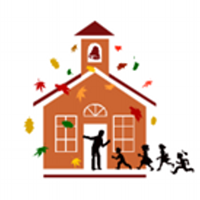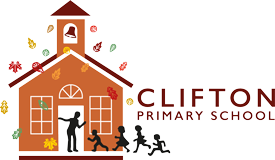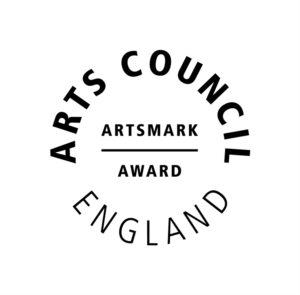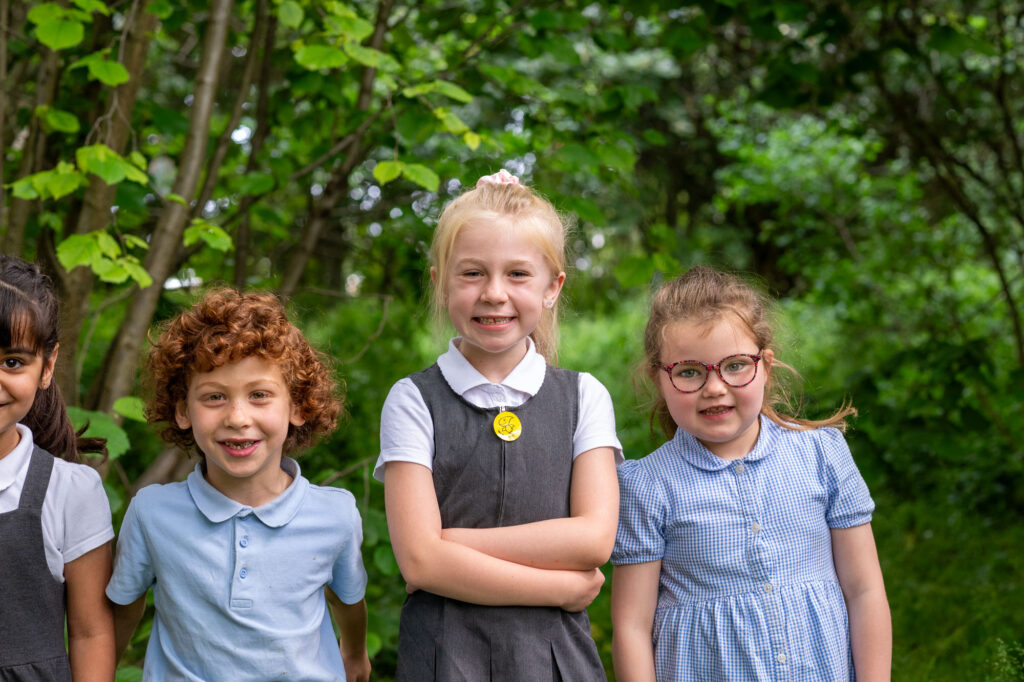Forest Schools
The Origins of Forest School
Forest School originated in Danish pre-schools spreading to other Scandinavian countries and parts of Europe.
Children learned through experiencing the world in a woodland setting. It was found that children developed very good communication skills, self-confidence and high self-esteem.
They developed their physical skills and awareness of a healthy lifestyle learning respect and understanding of the natural world and to take their place in it responsibly. When children started school this in turn, helped to raise their academic standards.
Clifton Primary School Ethos reflects this and seeks to share with all our children giving them the opportunity to experience the unique learning environment of our own woodland.
We believe Forest School helps children to:
Be independent building self-confidence, self-awareness and self-motivation.
Manage their feelings and behaviours to develop their social skills managing success and failure.
Improve their own physical awareness and concentration developing practical skills.
Explore connections between human life and the wider world, between themselves and the world they live in.
Use their imagination to develop all their creative skills and ideas.
Be critical thinkers having their own ideas increasing language and communication skills.
During Forest School sessions we achieve this by:
Allowing the children to explore on their own, managing their own risk discovering what they are comfortable with. (e.g. climbing trees, investigating the living and non-living elements of the woodland learning how far they themselves dare go)
Making group rules, learning the Forest Call (when to return to base camp) listening following instructions understanding the need for safety. Working as part of a team. (e.g. for fire and water safety when around camp fire and ponds and when using tools.)
Teaching new skills. (e.g. children learn to use simple tools such as loppers and saws, tie different knots and build shelters.)
Showing children they are not the only life in the woodland by learning about and respecting the flora and fauna understanding the ecology of the woodland. (e.g. learning the names of trees and other plants, bird spotting, building an insect hotel, making bird feeding stations, looking after the environment.)
Encourage children to use their imagination to create ‘stories’. (e.g. making friends with the dragon, building a Pixie Village, having fairy parties.
Creating forest art and music. (e.g. making instruments such as wind chimes as permanent features and using the natural resources of the woodland to make transient works of art such as Autumn Leaf collages.)
Reflecting and recording their experiences expressing their feelings and opinions using talk and other different media. (e.g. group conversations, photos, art work, Forest diaries)





